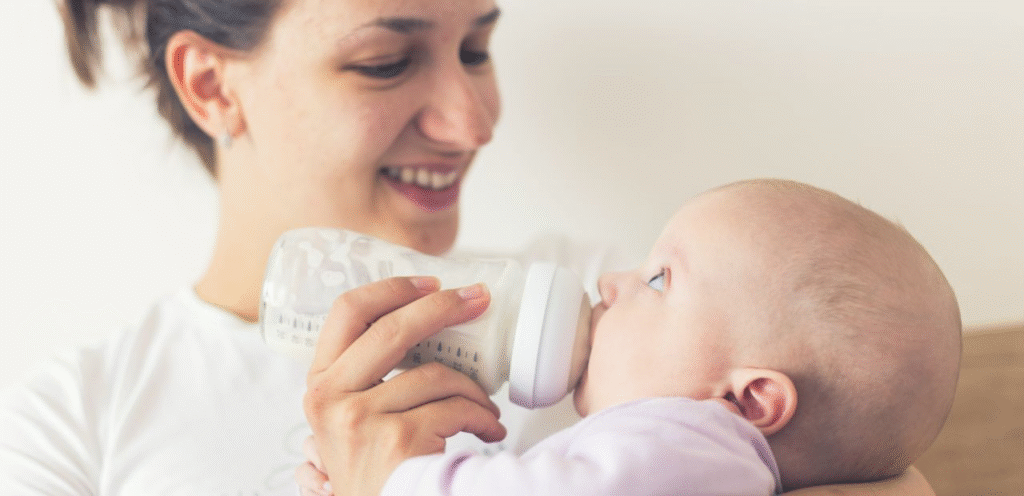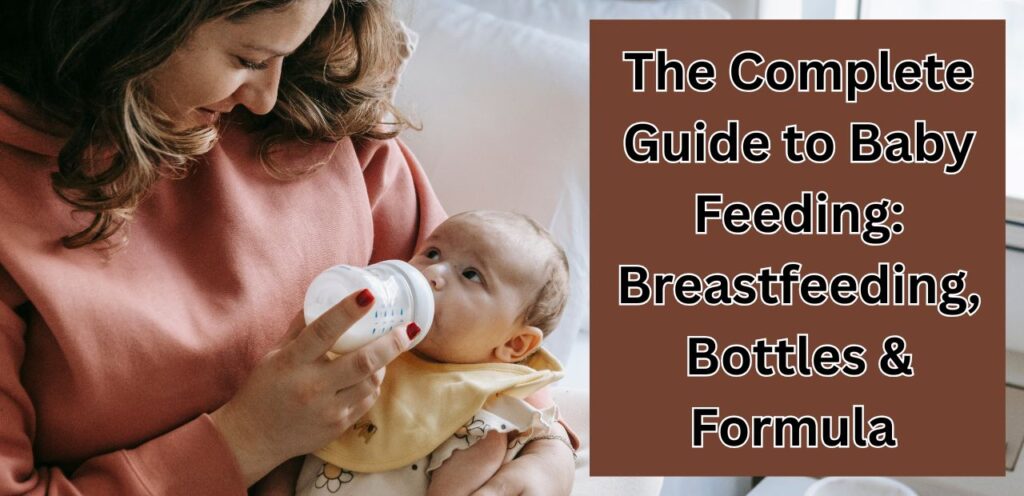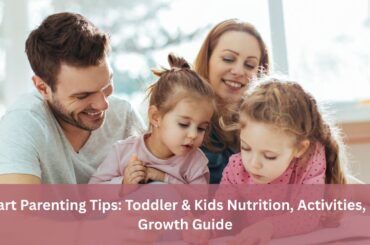Feeding your baby is one of the most important parts of early parenthood. Many parents wonder whether to breastfeed, use bottles, or try formula. The truth is, there’s no single right answer; what matters most is keeping your baby healthy, happy, and well-fed. A good baby feeding routine includes breast milk when possible, safe formula choices, and age-appropriate solid foods as the baby grows. Understanding all options will help you build confidence in your baby’s feeding journey.
Complete List For Baby Feeding Plan
Here is a complete list:
1. Breastfeeding: The Natural Start

Breastfeeding is often recommended as the best start for a newborn. It provides essential nutrients and antibodies that strengthen the baby’s immune system. Breast milk also changes over time to match the baby’s needs, from colostrum in the early days to mature milk later on.
For mothers, breastfeeding can also reduce the risk of certain health issues and help create a strong bond with the baby. Still, it can sometimes be challenging, especially in the early weeks. Seeking help from a lactation consultant can make the process smoother.
2. Bottle Feeding Basics

Not every baby can breastfeed exclusively, and that’s perfectly fine. Bottle feeding allows parents to share feeding duties and track how much the baby is drinking. One important factor when choosing bottles is the nipple size for baby feeding bottles. A newborn usually needs a slow-flow nipple, while older babies may move to medium or fast flow. Choosing the right size helps prevent colic, overfeeding, or frustration during feeding.
Parents can also choose between plastic, glass, or silicone bottles depending on their preferences. Cleaning bottles well and sterilizing them in the early months is essential to keep the baby safe from germs.
3. Formula Feeding: Finding the Right Fit

The formula is designed to be as close as possible to breast milk and is a safe option if breastfeeding is not possible or if parents want to combine both. Always choose a formula that meets safety standards and is suitable for your baby’s age.
Some parents consider organic options like Baby’s Only formula, which is made with high-quality ingredients. Talking to a pediatrician before changing or starting formula is important, as babies may have different nutritional needs or sensitivities.
4. Introducing Solid Foods

Around six months of age, babies are usually ready to try solid foods while continuing breast milk or formula. Start with pureed vegetables, fruits, or single-grain cereals. Always introduce one food at a time and watch for any allergic reactions.
Snack options such as Amara yogurt melts and Happy Baby Yogis are popular choices when your baby is a little older and ready for finger foods. These snacks are gentle, nutritious, and help babies practice chewing and self-feeding.
5. Creating a Baby Meal Planner

Planning meals for your baby helps ensure balanced nutrition as they grow. A baby meal planner can include breast milk or formula, pureed foods, and later, small portions of soft fruits, cooked vegetables, grains, and proteins.
For toddlers, meals can be expanded to include family foods, cut into safe sizes. A structured plan reduces stress for parents and makes it easier to introduce variety while keeping track of new foods.
Common Feeding Challenges
Feeding doesn’t always go smoothly, and that’s normal. Some parents may find that their toddler won’t drink milk after the first year. This is common, as toddlers often become picky eaters. In such cases, calcium and vitamin D can come from other foods like yogurt, cheese, or fortified cereals.
Other challenges may include reflux, fussiness, or refusing bottles. Staying patient and trying different approaches, such as changing bottle nipples, adjusting feeding positions, or offering small amounts more frequently, can help.
Hydration and Healthy Habits
Babies under six months usually get enough fluids from breast milk or formula, but once solids are introduced, a little water in a sippy cup can be added. Avoid giving juice or sugary drinks in the first year. Encouraging healthy habits early on makes the transition to toddlerhood easier.
Parents should also create a calm and distraction-free feeding environment. This helps the baby focus on eating and reduces fussiness during meals.
Conclusion
Baby feeding is a journey that changes as your child grows, from breastfeeding in the early months to bottles, formula, and finally solid foods. Choosing the right nipple size for baby feeding bottles, considering safe formulas like Baby’s Only formula, offering snacks such as Amara yogurt melts and Happy Baby Yogis, and following a baby meal planner all help create a healthy foundation. Even if your toddler won’t drink milk, balanced alternatives can keep nutrition on track.
The key is to stay flexible, patient, and informed. With the right choices, you’ll set your baby on the path to strong growth and good eating habits. For more parenting tips and baby care guides, visit Momvila regularly.






